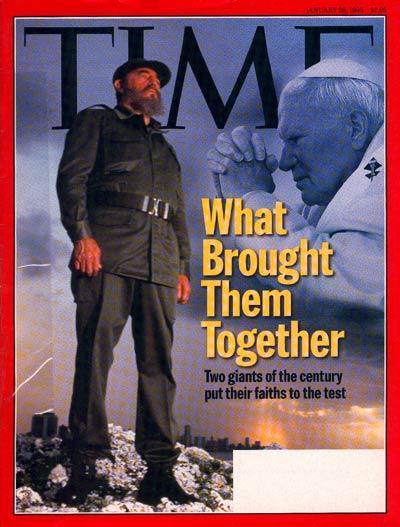
The Vatican’s statement on Friday that Pope Francis is “considering” a visit to Cuba when he is in North America in the fall has brought new attention to the special relationship between the island nation and the Catholic leader. The Pope has been credited with encouraging the recent signs of rapprochement between the United States and Cuba, something his predecessor, Pope Benedict XVI, also spoke in favor of during a 2012 trip to Cuba.
Though Cuba has historic ties to the Catholic religion, that special relationship is really only two decades old: It was around 1995 that Fidel Castro began working on what ended up being Pope John Paul II’s 1998 visit to Cuba.
The anti-religion stance of strict Marxism had kept Cubans away from religion for decades and the crumbling of the Soviet Union only led Cuba to dig in, with hopes of proving the ideology’s endurance. At the same time, however, that period of enforcement was one of economic hardship, perhaps contributing to a rise in interest in both spiritual help and religious charity. “In 1991 Castro rescinded the ban against Christians’ joining the Communist Party,” writer Johanna McGeary explained, “and in 1992 he declared Cuba a secular, not an atheist, state.”
That change had been a long time coming:
The idea of a papal visit has actually intrigued Cuba’s leader for nearly two decades. It is not so strange as it might seem: from the very start of his revolution, Castro has sought political pilgrimages from the influential and famous as a sign of international approbation. And Castro has never feared talking to his adversaries. Although he barred Christians from the Communist Party, nationalized Catholic schools, expelled foreign priests and nuns, he never shut down the churches or prohibited religious worship or broke relations with the Vatican.
In 1979 Castro met some liberation-theology priests in Nicaragua and, says Wayne Smith, former chief of the U.S. Interests Section in Havana, “decided that social justice, greater equality and caring for the poor were not very different goals from those of the Cuban revolution.” So he invited the Pontiff to stop by during a Mexican tour that year, but the “technical layover” Castro offered held no appeal to John Paul II.
By 1985 it seemed to Castro that signs of nonconformity and a search for new ideas were infecting the populace. Little by little, people were going back to church. So he spent 23 hours talking to a Brazilian Dominican friar, Frei Betto. The subsequent book, Fidel and Religion, became a national best seller. Here was the apostle of Marxism expounding on his Catholic upbringing and attitudes toward religion. He recalled his devout mother and his rigorous parochial education. He had been baptized and was taught biblical history and Catholic catechism. At his upper-class Jesuit high school he absorbed the determination and discipline of these militant teachers who prophesied in his yearbook that he would make a brilliant name for himself.
While he called Christ “a great revolutionary” whose teachings coincide with the aims of socialism, Castro insisted that “no one could instill religious faith in me through the mechanical, dogmatic methods that were employed. I never really held a religious belief.” Later on, he said, “I had other values: a political belief which I forged on my own, as a result of my experience, analysis and sentiments.” Nevertheless, the rebel wore a small cross on his guerrilla garb in the early days of the revolution. In the book, he astonished Cubans with the extent of his religious knowledge and the flattering comparisons he drew between Christianity and Marxism. “Karl Marx,” he said, “would have subscribed to the Sermon on the Mount.” Christians, he added, had been excluded from Cuba’s government not for ideological reasons but for historical mistakes in supporting the prerevolution status quo. Suddenly the subject of religion was no longer taboo.
Castro’s goals in eventually inviting the Pope for the 1998 visit were complex, and the results at first seemed modest. Large crowds had turned out to see John Paul II but no major news was made by either side. (Another contributing factor in the lack of news made by the visit: that was the same week President Clinton denied having sexual relations with Monica Lewinsky.) But today, many years later, it’s clear that the papal visit of 1998 did change something. It restarted a relationship between Cuba and the Vatican — a relationship that just might get another chapter very soon.
Read the full story, here in the TIME Vault: Clash of Faiths
A History of Cuba-U.S. Relations in 13 TIME Covers


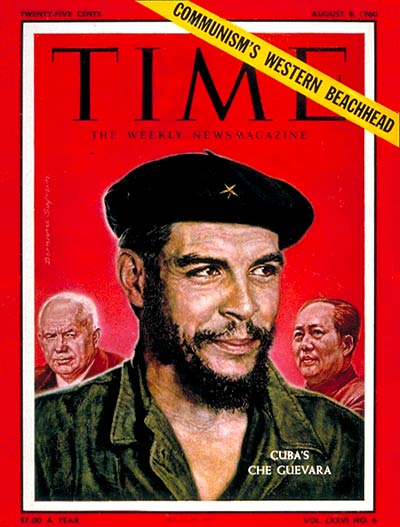
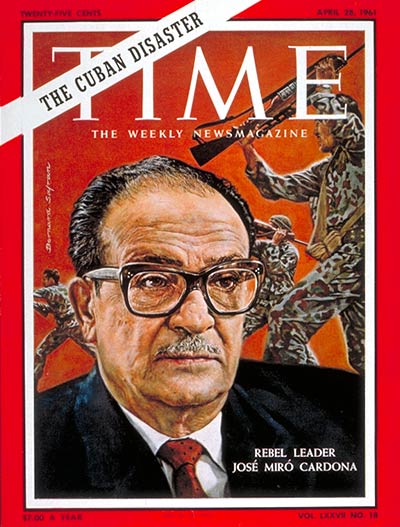



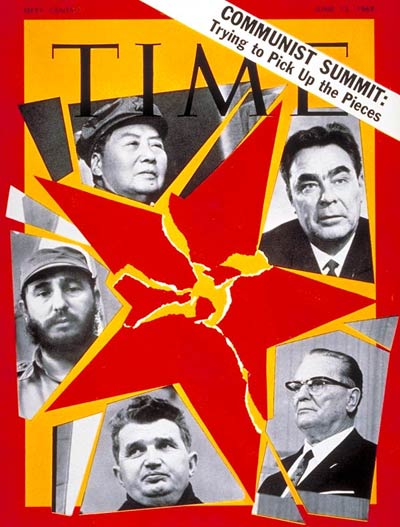
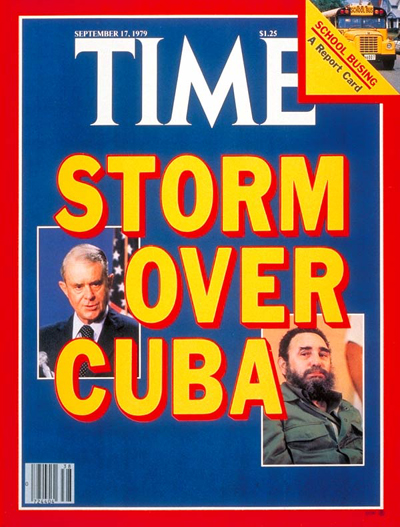
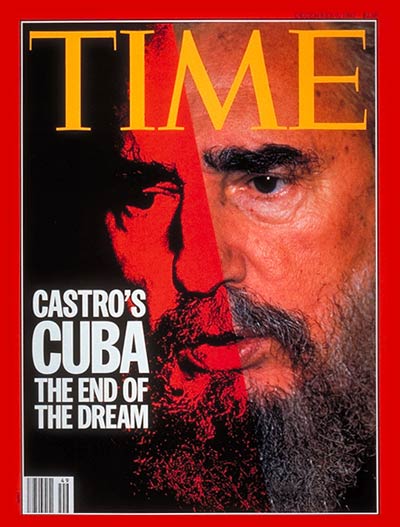
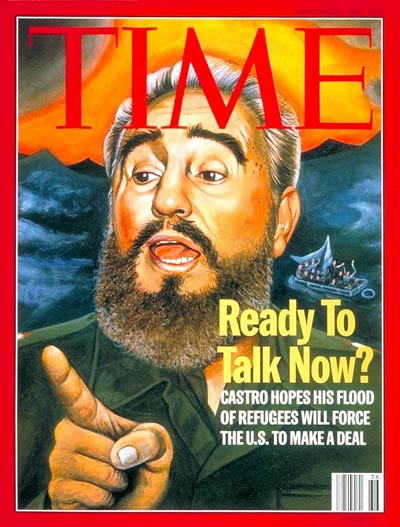
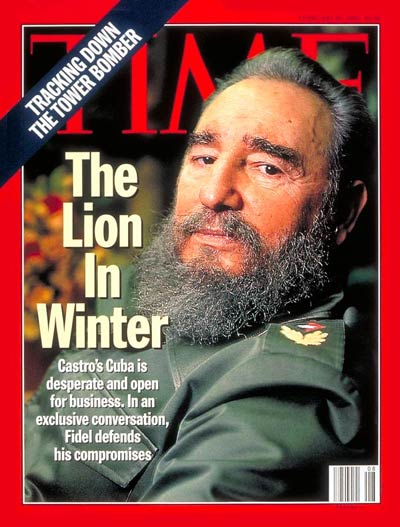
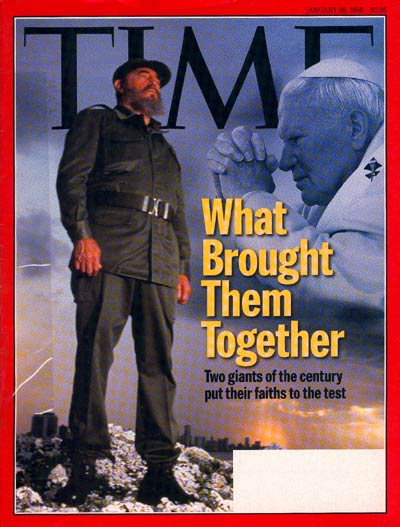
More Must-Reads from TIME
- Donald Trump Is TIME's 2024 Person of the Year
- Why We Chose Trump as Person of the Year
- Is Intermittent Fasting Good or Bad for You?
- The 100 Must-Read Books of 2024
- The 20 Best Christmas TV Episodes
- Column: If Optimism Feels Ridiculous Now, Try Hope
- The Future of Climate Action Is Trade Policy
- Merle Bombardieri Is Helping People Make the Baby Decision
Write to Lily Rothman at lily.rothman@time.com